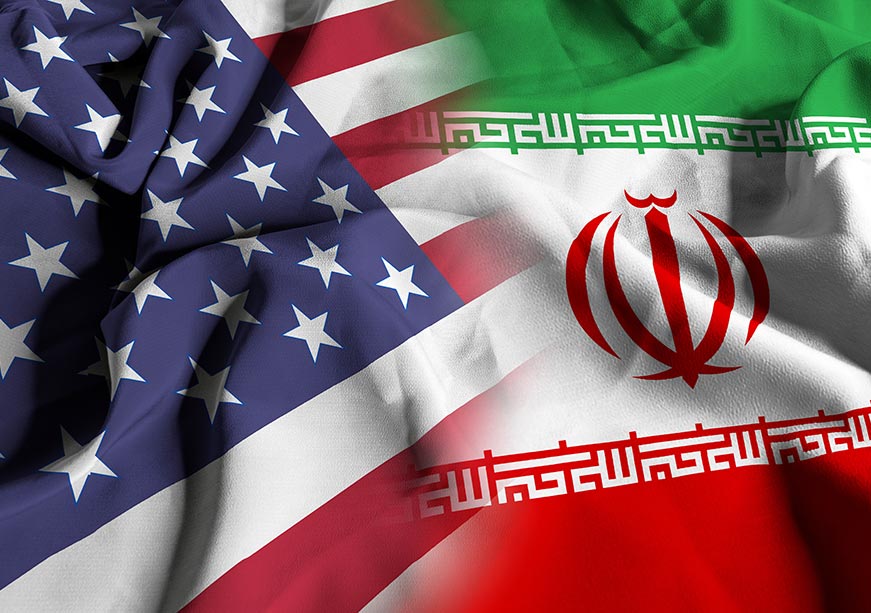
India and ASEAN have embarked on an ambitious journey to enhance digital cooperation, particularly through cross-border payment linkages, a move that could transform regional financial landscapes. At the 21st India-ASEAN Summit, Prime Minister Narendra Modi showcased India’s success with digital public infrastructure, such as Aadhaar and the Unified Payments Interface (UPI), as models to address complex challenges in sectors like education, healthcare, agriculture, and climate change. It’s crucial to carefully evaluate how this initiative can be strategically advanced to realise its full potential, underscoring the importance of such collaborations in shaping the future.
UPI on the move
Since its inception in 2016, UPI has redefined the landscape of digital payments in India, demonstrating how simplicity and scalability can catalyse systemic transformation. By integrating diverse banking services into a unified, smartphone-enabled platform, UPI has not only streamlined financial transactions but also demonstrated the network effects of user-friendly design. By the end of 2024, UPI’s transaction volume had surged to a remarkable 17,221 crore, contributing to India's overall payment volume of 20,787 crore—a testament to its intuitive interface, immediate settlement mechanisms, and seamless interoperability across financial institutions.
By integrating diverse banking services into a unified, smartphone-enabled platform, UPI has not only streamlined financial transactions but also demonstrated the network effects of user-friendly design.
This success is not confined to India. The UPI-PayNow linkage, operational since 2023, has enabled real-time cross-border transactions between India and Singapore, marking a pivotal step in operationalising financial interconnectedness. India’s instant real-time payment system is gaining global acceptance. Countries such as Singapore, the UAE, France, Sri Lanka, Nepal, Mauritius, and Bhutan have integrated UPI or established partnerships for cross-border payments. Such bilateral successes are now expanding into multilateral frameworks, with the Reserve Bank of India (RBI) collaborating with the Bank for International Settlements (BIS) and the central banks of Malaysia, the Philippines, Singapore, and Thailand on Project Nexus. Set to launch by 2026, this initiative aims to interlink fast payment systems (FPS) across these nations, creating a cohesive infrastructure for retail cross-border payments.
As these collaborations progress, it's crucial to look beyond the surface and understand which sectors will truly benefit. These initiatives aren’t isolated tech upgrades; they’re part of a web of global interactions. The impact will ripple across power structures, trade, and supply chains. The central inquiry is not merely which sectors gain but how these benefits unfold—or fail to materialise—within an interconnected and volatile global landscape.
Fast, smooth, digital
A system like UPI has the potential to revolutionise cross-border payments by eliminating the inefficiencies of traditional methods. As a key player in the digital payments transformation, UPI speeds up transactions, cutting down both fees and processing times that have historically impeded global trade.
Traditional cross-border payments are bogged down by intermediaries, inflating costs and delays. UPI sidesteps these with real-time settlements, reducing transaction times from days to seconds. This efficiency lowers financial barriers, enabling businesses to trade with greater agility. Digital payments also improve liquidity. Small businesses can pay immediately upon receiving goods, strengthening trade relationships. By cutting out intermediaries, these systems free up resources, letting companies focus on what matters—core operations—without the drag of outdated payment processes.
The UPI-PayNow system facilitates real-time transfers using mobile numbers or Virtual Payment Addresses (VPAs), eliminating the need for intermediaries and the delays that typically extend transactions over days.
The integration of India’s UPI with Singapore’s PayNow represents a critical milestone in the evolution of cross-border payments. By cutting through the inefficiencies of traditional systems, this partnership enables faster, more cost-effective transactions, significantly reducing the friction that has long hindered international trade. The UPI-PayNow system facilitates real-time transfers using mobile numbers or Virtual Payment Addresses (VPAs), eliminating the need for intermediaries and the delays that typically extend transactions over days. This innovation underscores how simplifying complex systems can expose hidden costs and inefficiencies, demonstrating that progress often lies in stripping away unnecessary layers. It’s not far-fetched to imagine a similar system extending to other Asian countries in the future.
Simplifying commerce
Smoother and more efficient transactions inevitably have a profound impact on e-commerce, a sector that is experiencing explosive growth across Asia. The rise of digital commerce across Southeast Asia has been meteoric. However, challenges such as high transaction fees and limited payment options hinder further growth. By integrating UPI into e-commerce platforms across ASEAN, businesses can offer consumers a familiar and efficient payment method that enhances their shopping experience. Facilitating cross-border e-commerce transactions will allow businesses to access larger markets without the typical barriers of currency conversion and exorbitant transaction fees. This integration doesn’t just benefit consumers but also uncovers new revenue streams for businesses operating across borders.
A point of inquiry, however, also lies in the second- and third-order effects: as cross-border transactions become smoother, manufacturing hubs in Asia, for instance, could see a more seamless integration with global supply chains. What emerges next—how global and regional supply chains adapt and how diplomacy follows—will be a fascinating byproduct of this shift. The real disruption could very well be in the unseen consequences.
Streamlining remittances
Remittances are a cornerstone of cross-border financial flows within ASEAN, with millions of workers from countries like Indonesia, the Philippines, and Vietnam sending money home. However, the traditional remittance channels have been burdened by high fees and slow processing times. While remittances from the West to ASEAN countries dominate in volume, intra-ASEAN remittances, though smaller, are still significant. The integration of UPI into this landscape presents a much-needed disruption, enabling real-time, cost-effective transactions.
The governments of India and the UAE are now collaborating to connect their respective national payment platforms—UPI and AANI (UAE)—to enable seamless cross-border transactions.
The governments of India and the UAE are now collaborating to connect their respective national payment platforms—UPI and AANI (UAE)—to enable seamless cross-border transactions. This integration will empower over 3 million Indians living in the UAE to use both UPI and AANI for real-time cross-border remittances, aligning with the goal of enhancing speed, transparency, accessibility, and cost-effectiveness in international money transfers. Expanding such a similar service across ASEAN could reduce financial strain on migrant workers and ensure that more funds reach their families faster, creating a subtle but impactful shift in remittance dynamics.
Paving the path
The collaboration between India and ASEAN to enhance digital payment systems represents a key opportunity for economic growth and integration powered by India’s UPI system. While the potential is vast—addressing trade, e-commerce, and remittances—there is the ever-present risk that interconnected systems, no matter how promising, are fraught with fragility. The transfer of knowledge and technology has transcended simple economic development, emerging as a strategic diplomatic tool. India’s achievements in digital public infrastructure have fuelled positive shifts in its own economy, and now, the objective is to extend this model, assisting other nations along the way.
It is still early, and not much has materialised since the announcement at the 21st India-ASEAN Summit in late 2024. While new partnerships are likely to emerge soon, ambition alone won’t be enough. The true challenge lies in navigating the unpredictable complexities of economic disparities and institutional differences in the region.
Sauradeep Bag is an Associate Fellow at the Observer Research Foundation
The views expressed above belong to the author(s). ORF research and analyses now available on Telegram! Click here to access our curated content — blogs, longforms and interviews.




 PREV
PREV


